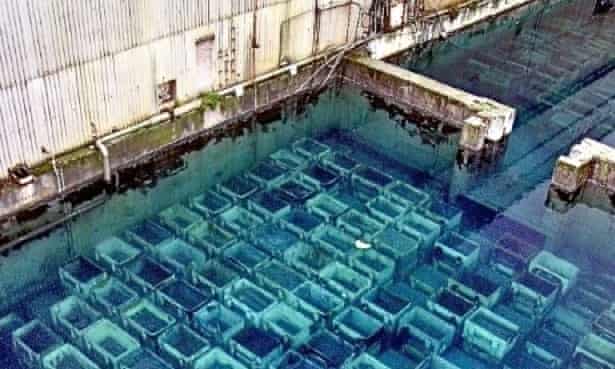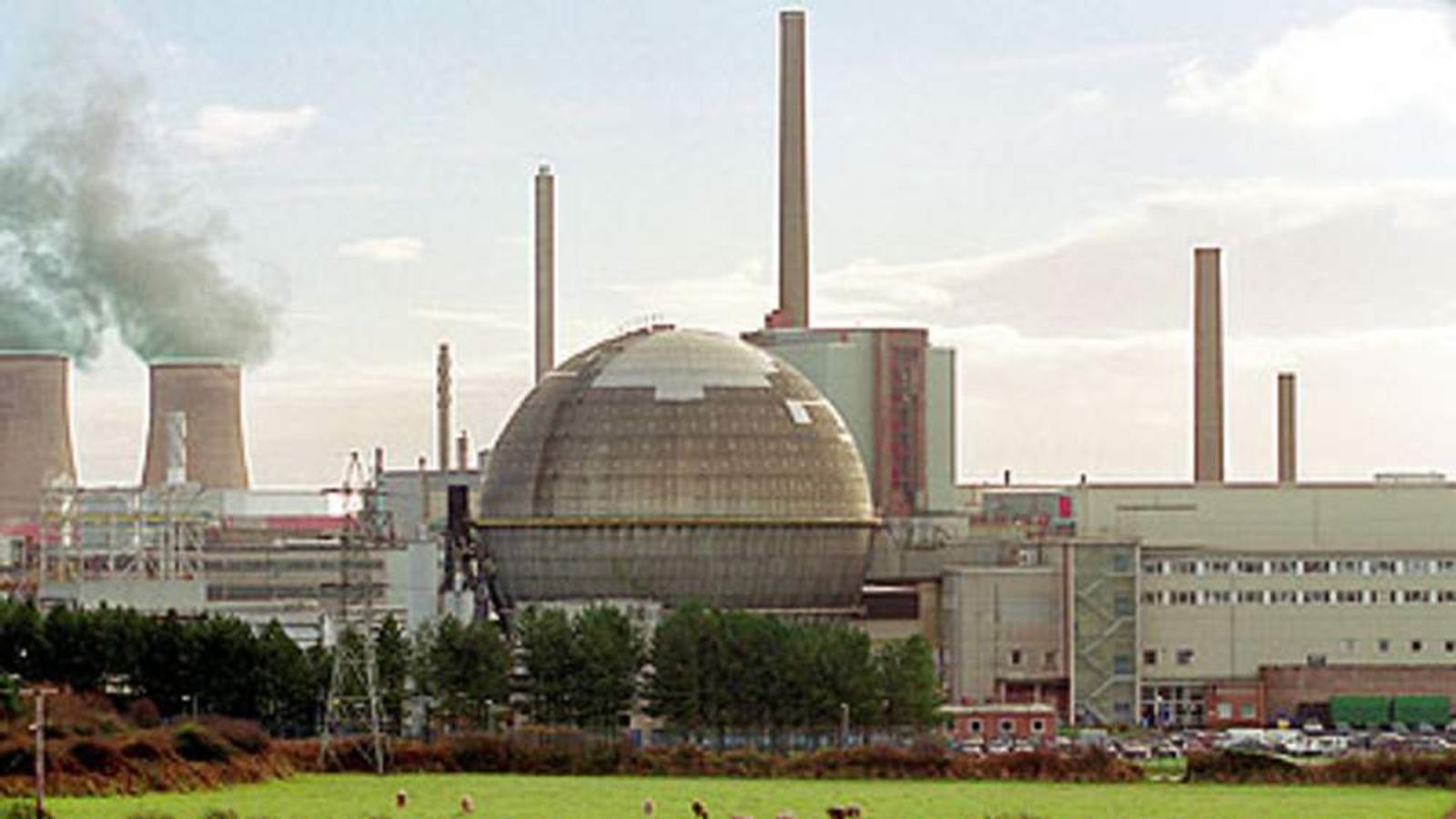Mark Langabeer (Hastings and Rye CLP) looks at “The Lakes with Simon Reeve – Episode 3” (see here)
In this episode of Simon Reeve’s thoughtful BBC2 travel series about the Lake District, he visited Sellafield, the largest nuclear facility in the world, which employs over 10,000 staff and is one of the most secure sites in the UK.
He was given access to the site and met armed police officers at the entrance. They are specially trained to deal with intruders: in particular, terrorists. They are also trained, allegedly, in shooting in a particular way, so as to avoid damaging the plant. This is because the site houses 140 tonnes of plutonium – enough to destroy most of Britain!
Sellafield, formally known as Windscale, is regarded as the most hazardous industrial site in Western Europe. Formally a nuclear power plant, it now stores and decommissions nuclear waste. It stores much of the waste in metal containers in what Reeve described as a giant swimming pool, in a building which is crumbling and rusty. It will take hundreds of thousands of years before some of the radiative material is safe.
Clean-up operation
Reeve states that it’s the most expensive clean-up operation in the World. The cost is around £100 billion over the next 100years. He visits a storage area, full of large concrete containers with nuclear reactors inside them. He suggests that the current thinking is that waste could be stored deep underground. However, that would cost around the same as the Channel Tunnel.
A manager at the plant stated that, in the 1950’s, the true cost of nuclear power was not understood. However, she thought nuclear power remained an integral part of power generation. Reeve noted that the cost of decommission was factored in with new nuclear power stations and had a relatively low carbon footprint. He also pointed out that wave and wind power is cheaper than nuclear generation.

Reeve gave some of the pros and cons of the use of nuclear power as a source of energy, but in my opinion, the disaster in Fukushima, in Japan, demonstrated the dangers of the nuclear energy industry. If the film made about those events is accurate, it was only the bravery of staff which prevented an even bigger catastrophe. Some of them paid with their lives, due to cancers caused by exposure to high levels of radiation.
Finally, but importantly, Sellafield is privately owned. The most hazardous site in Western Europe is being controlled by people who are primarily concerned with profit and shareholder value – a disaster waiting to happen! The labour movement must demand that this facility is brought into public ownership at the earliest opportunity.



